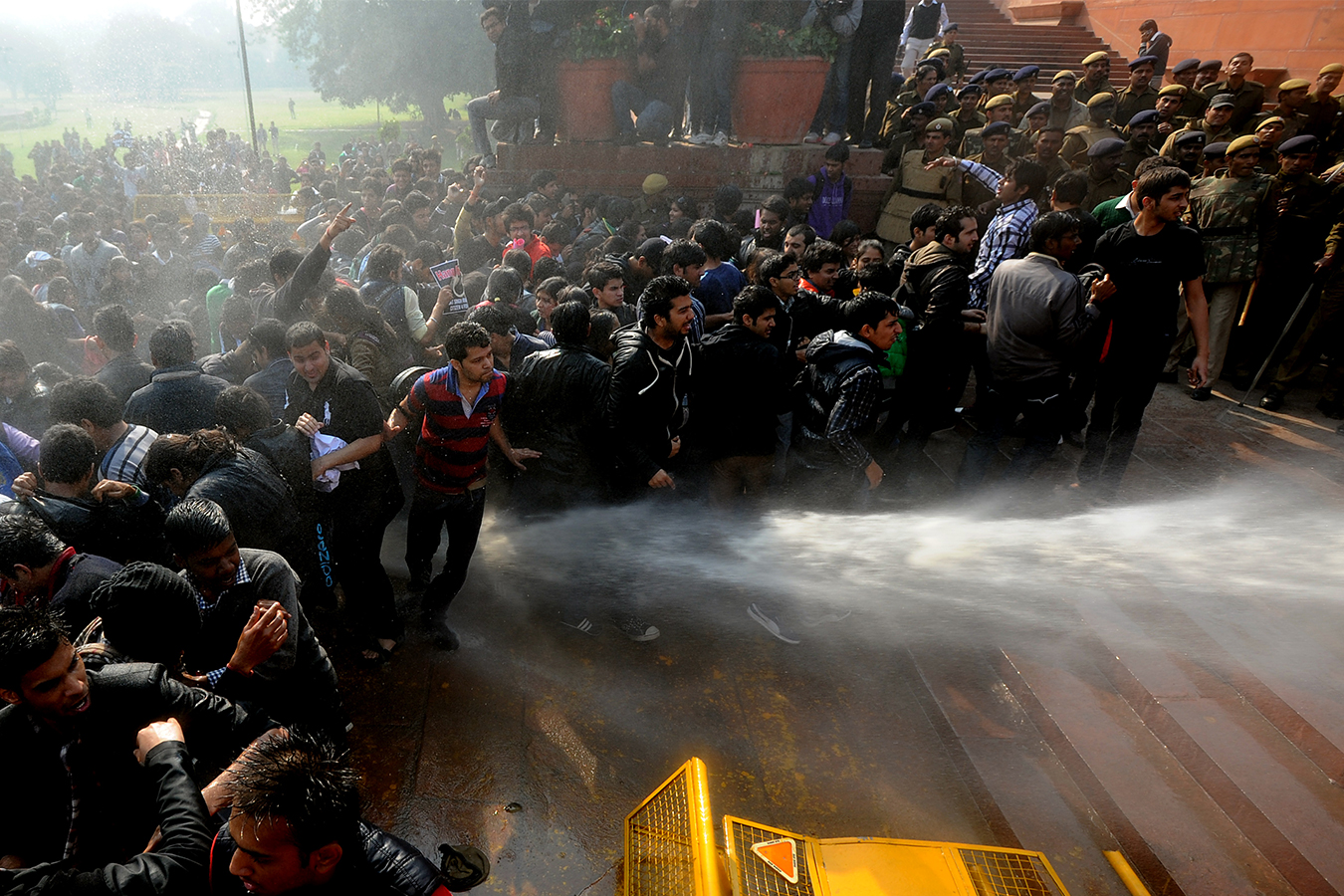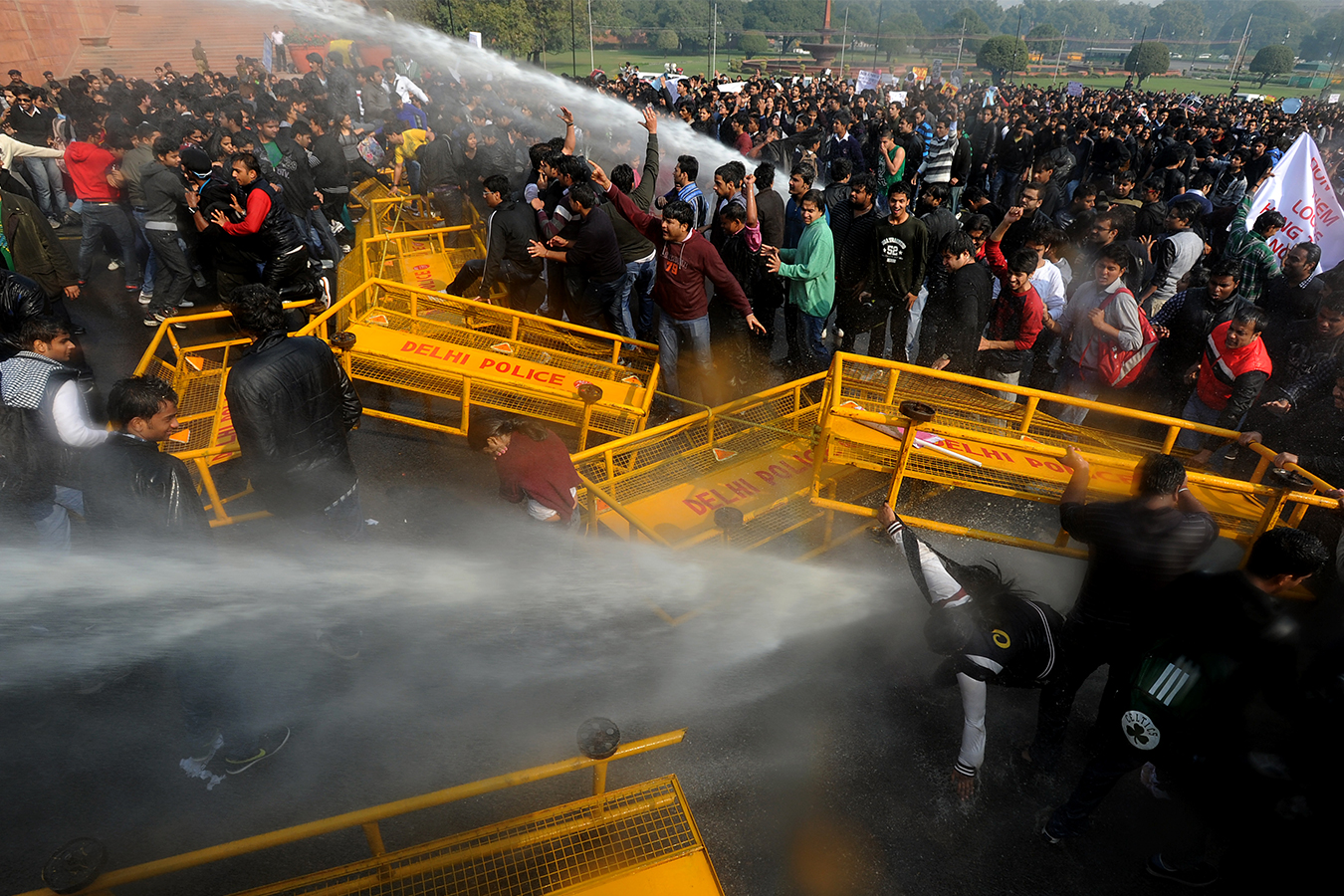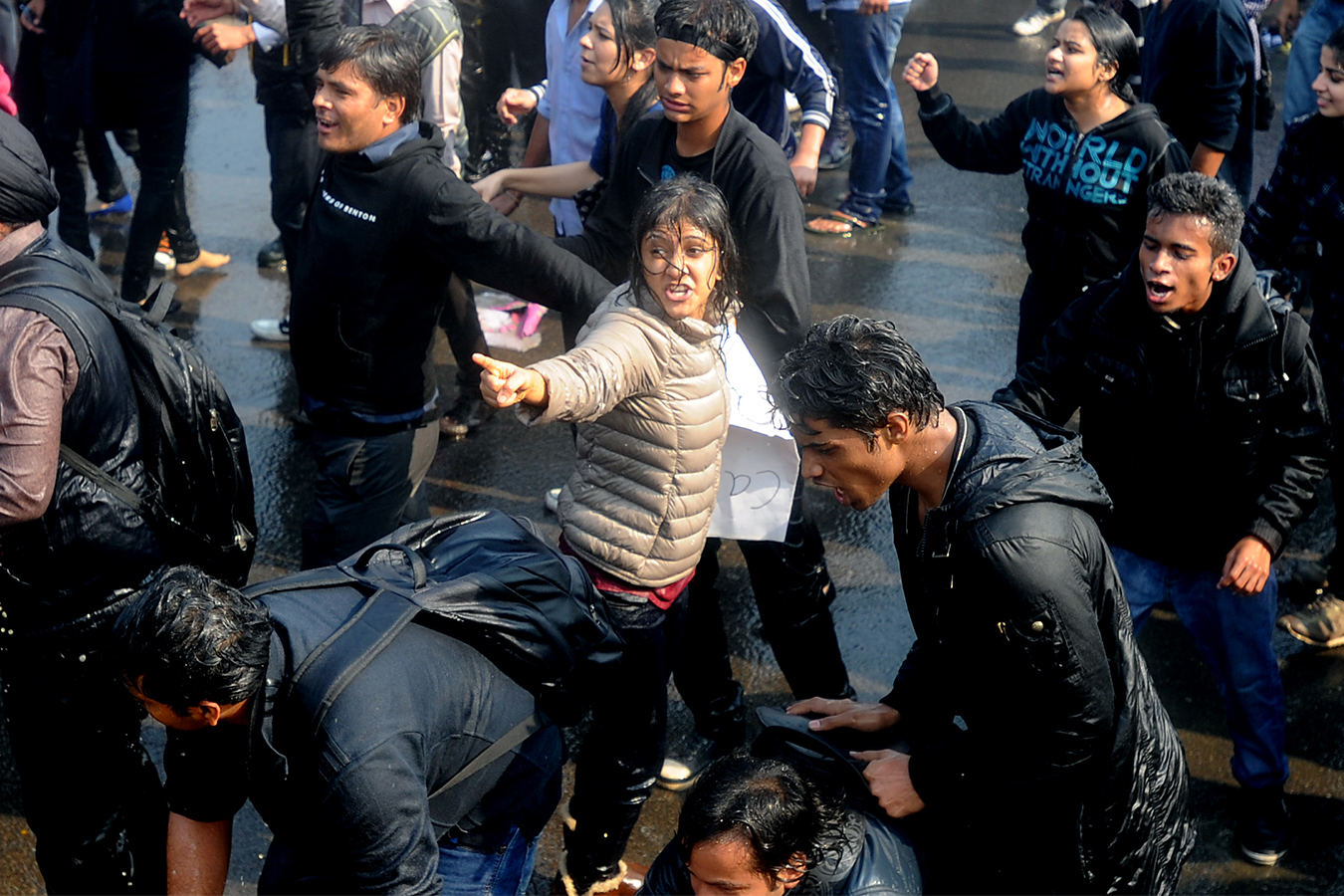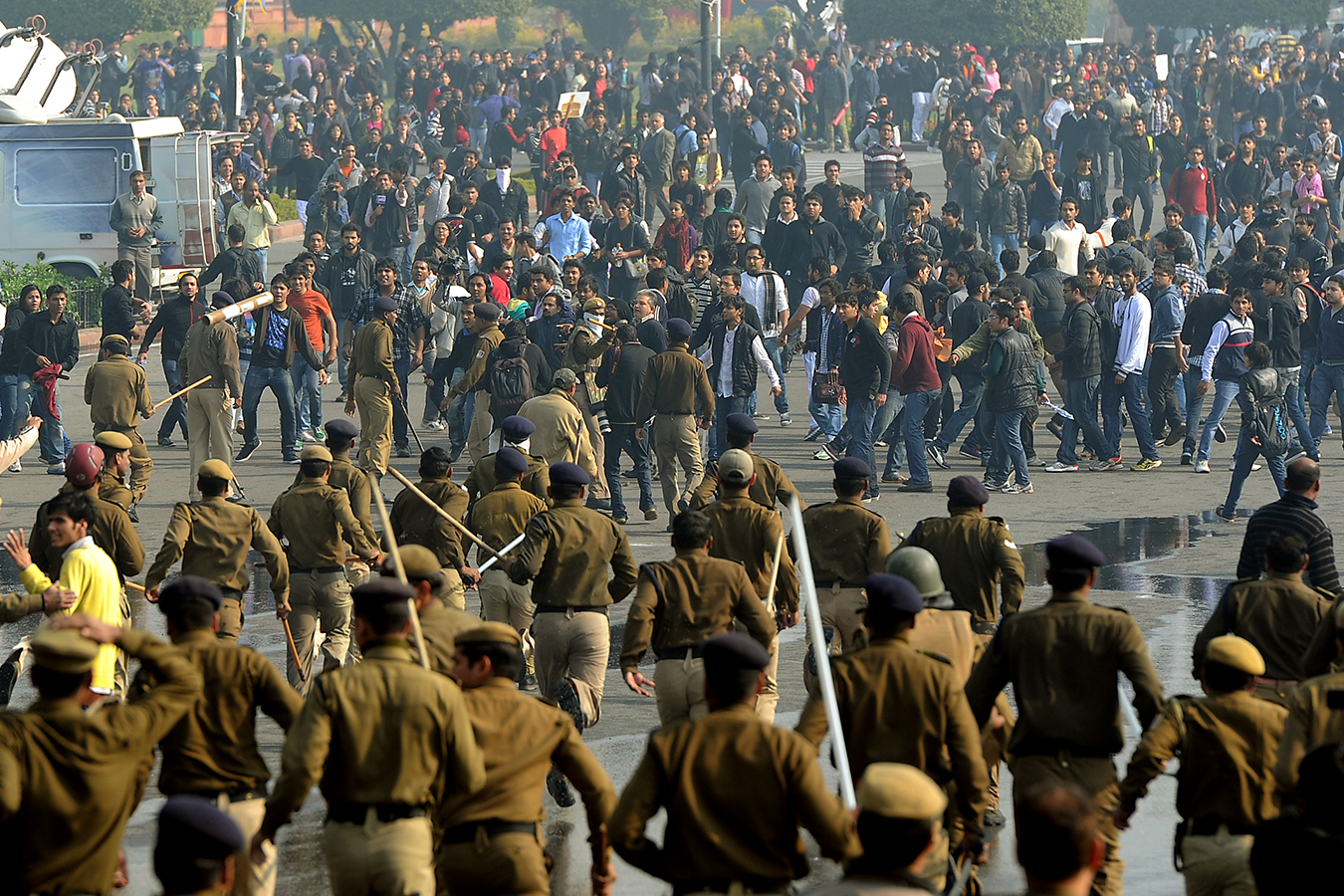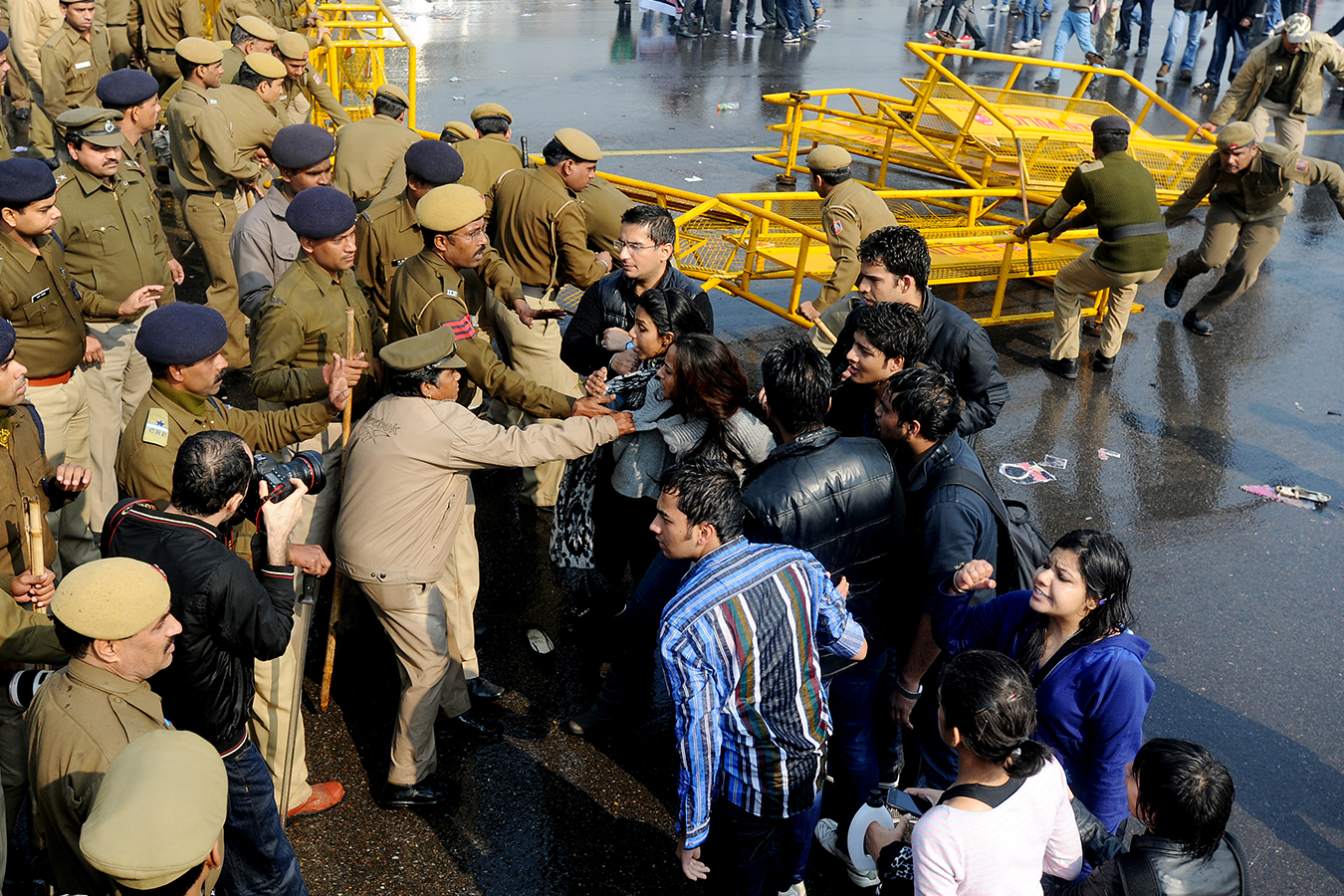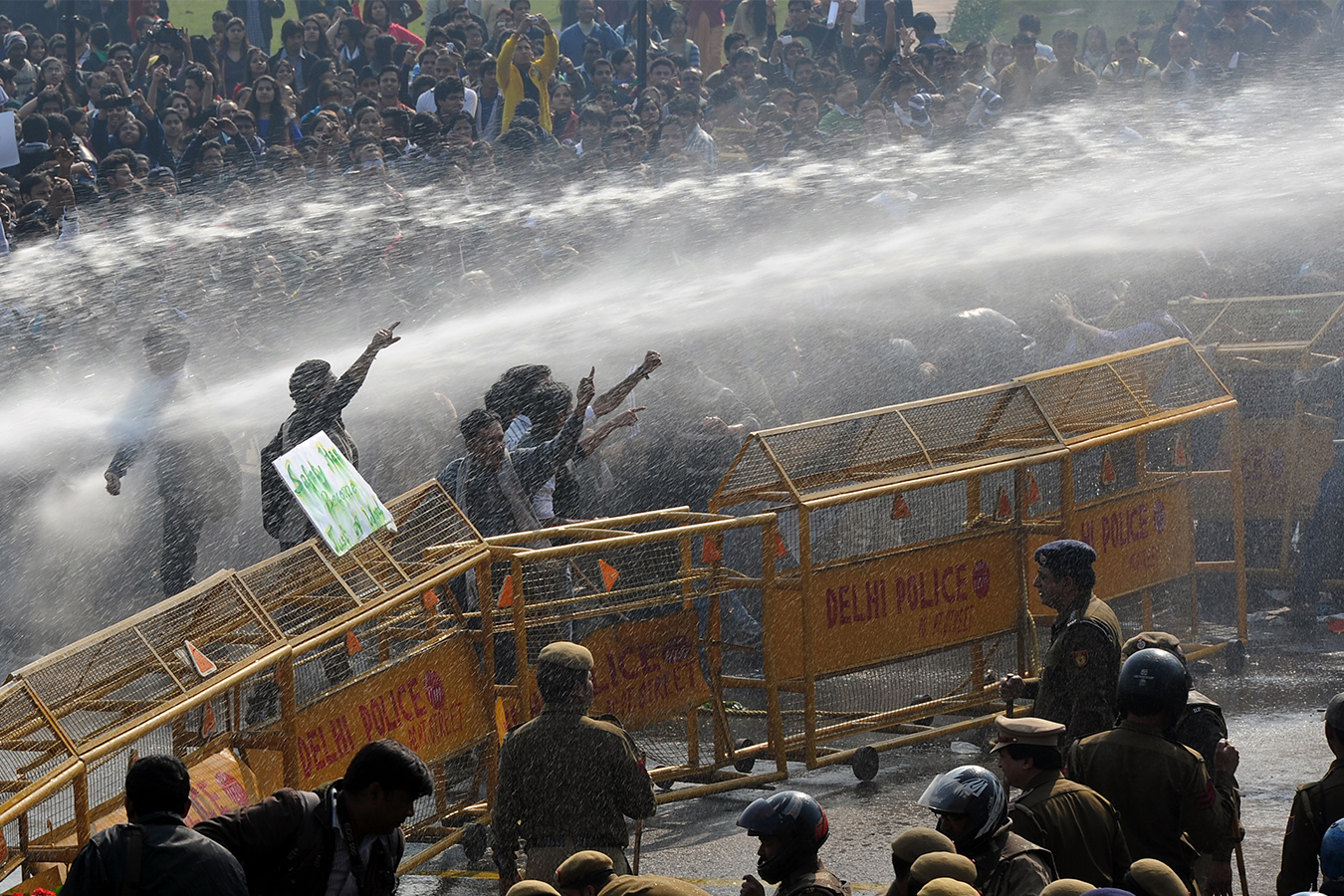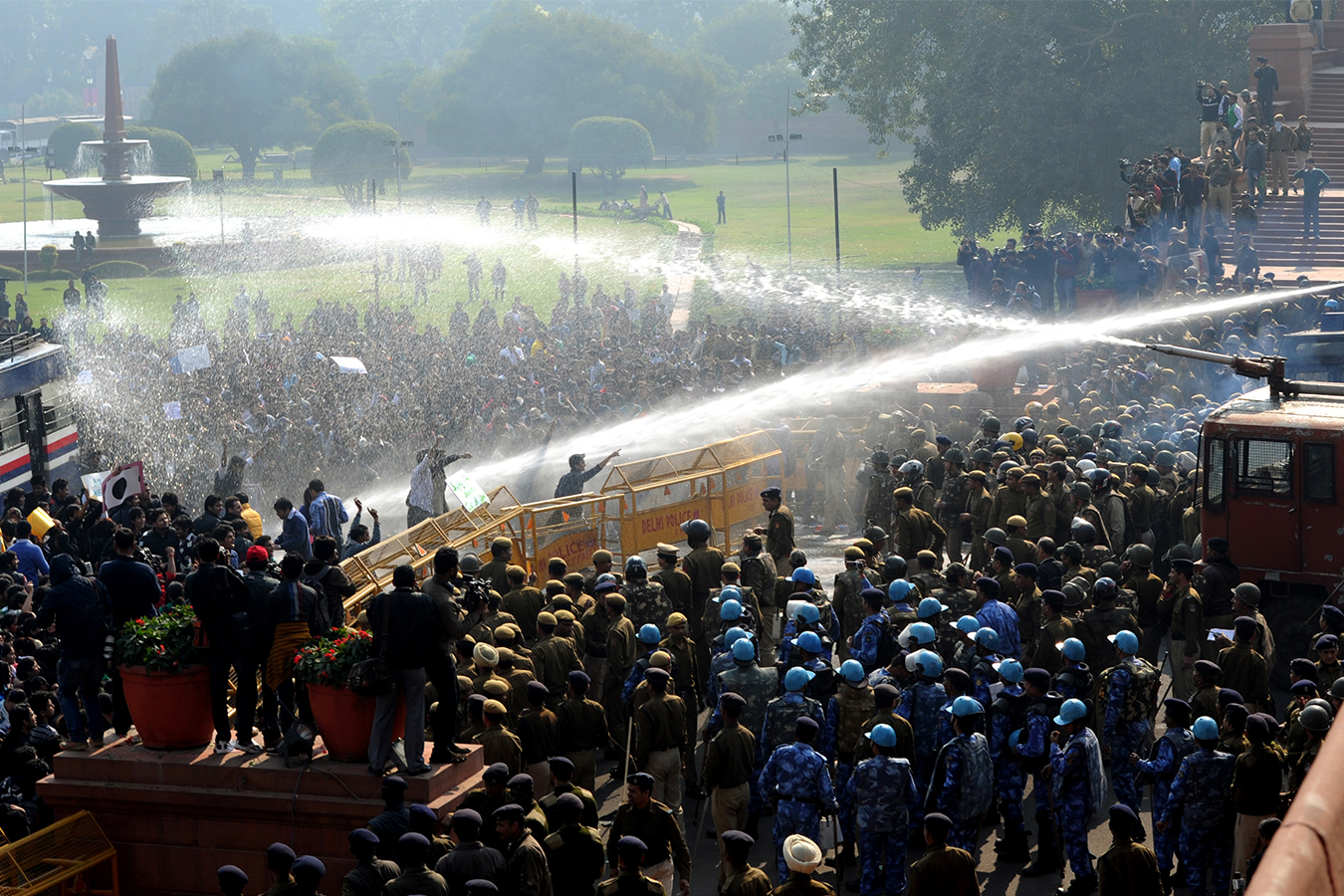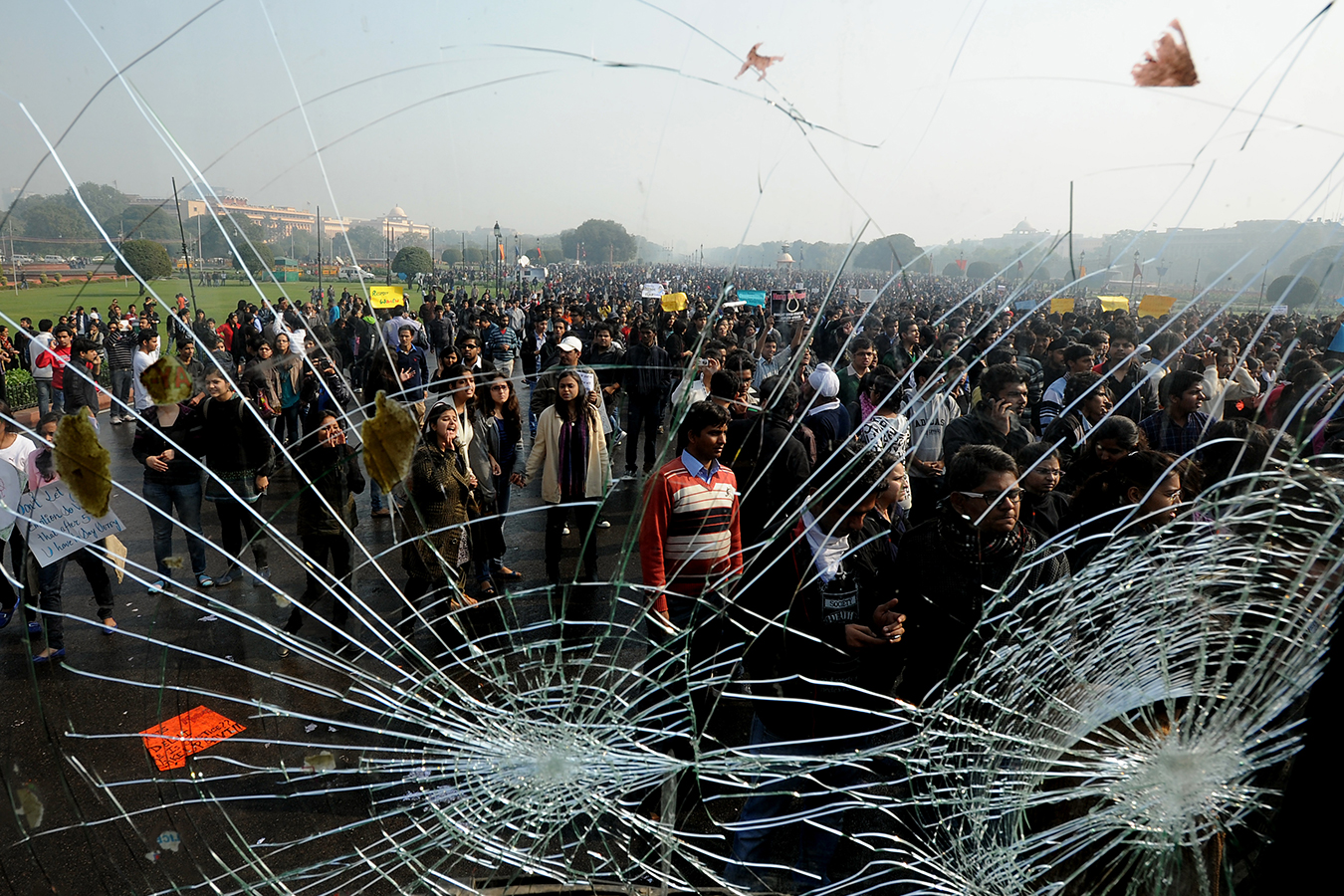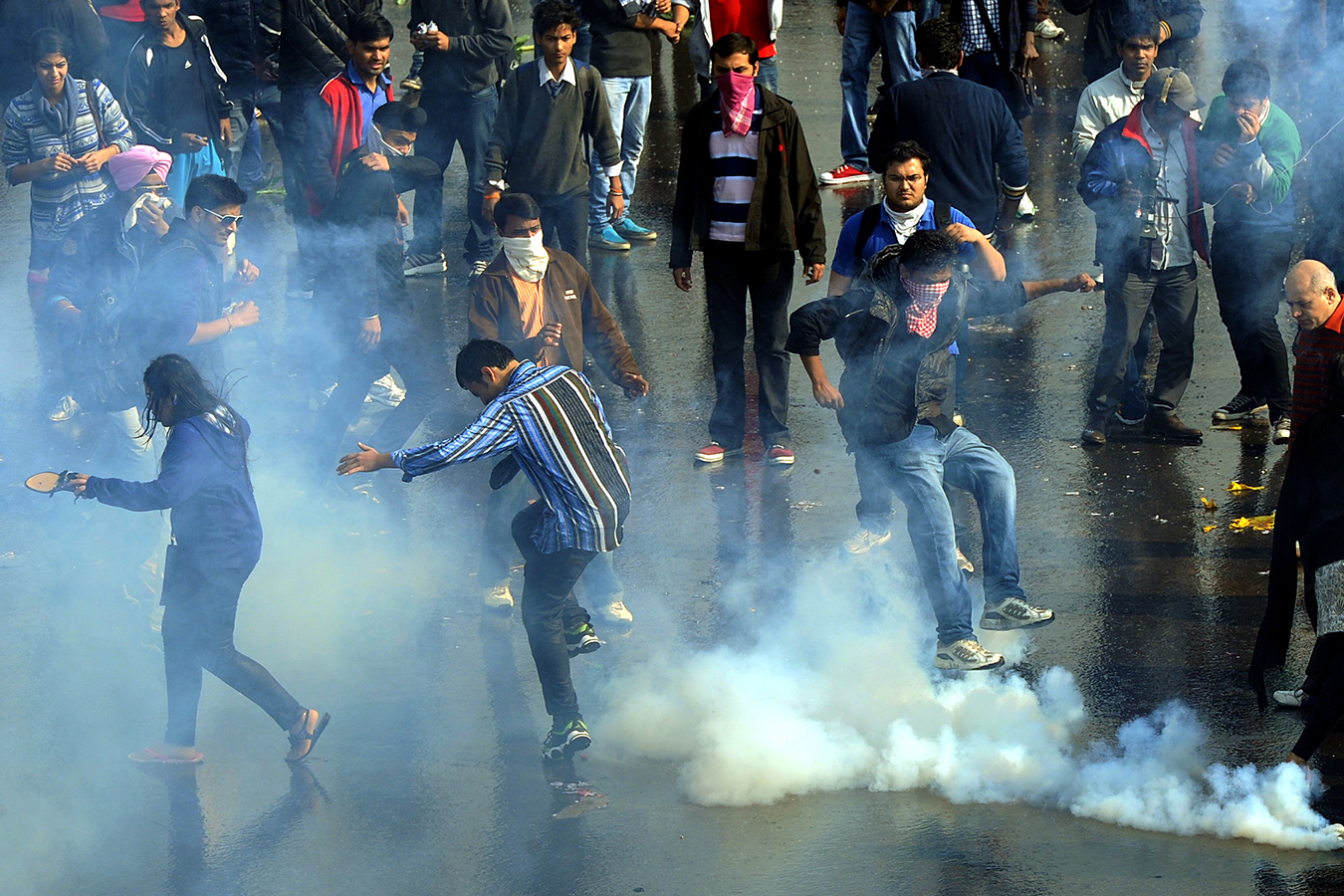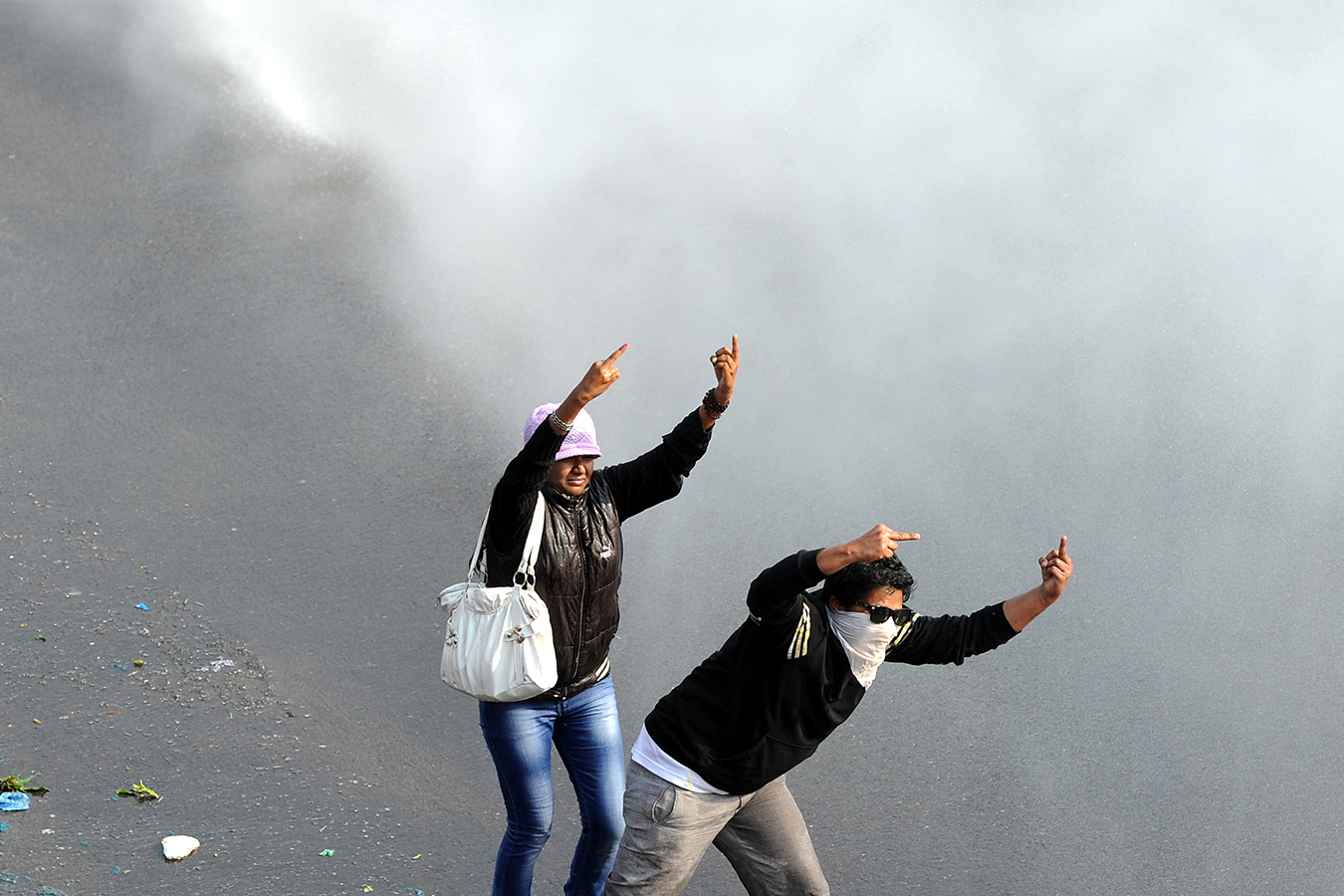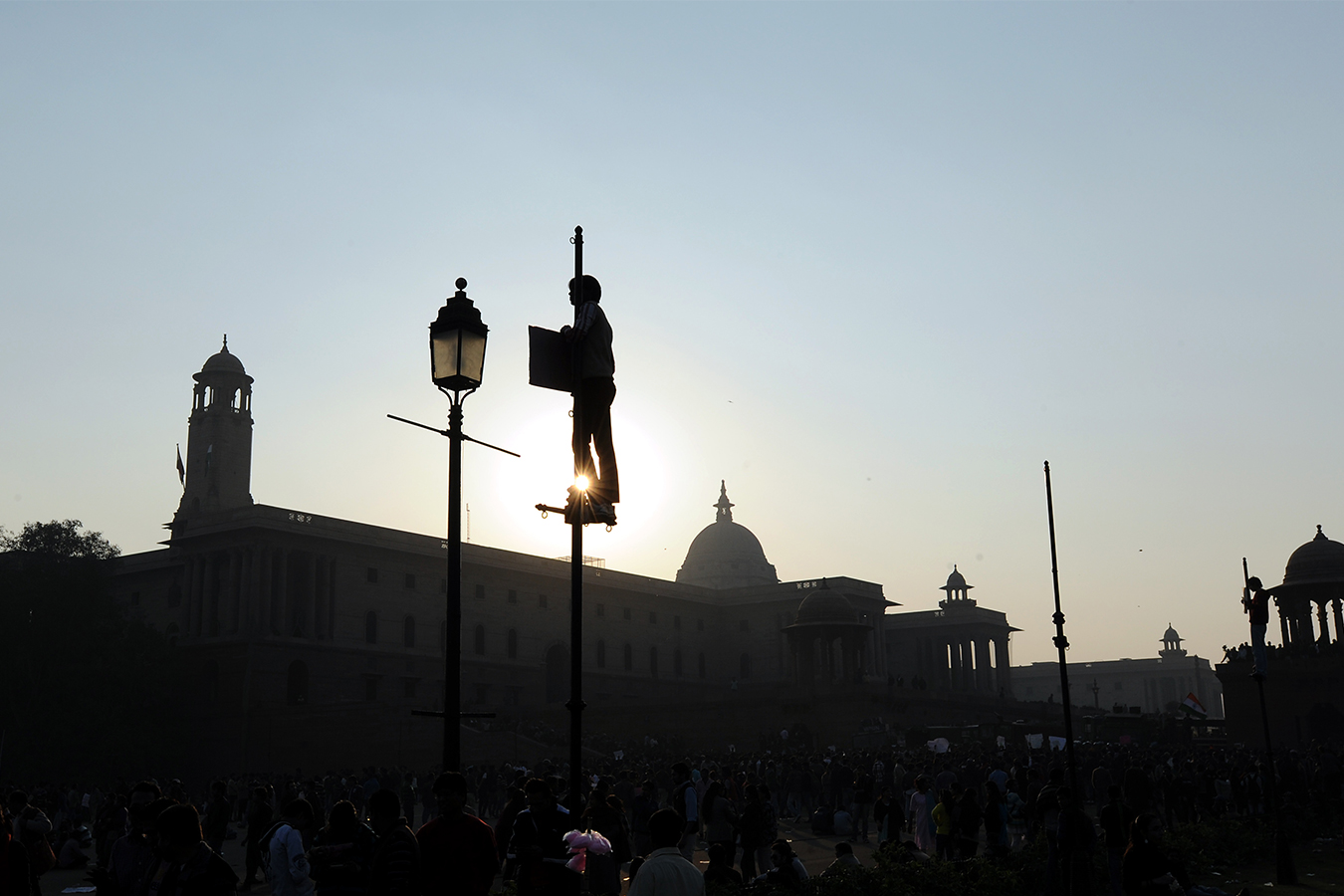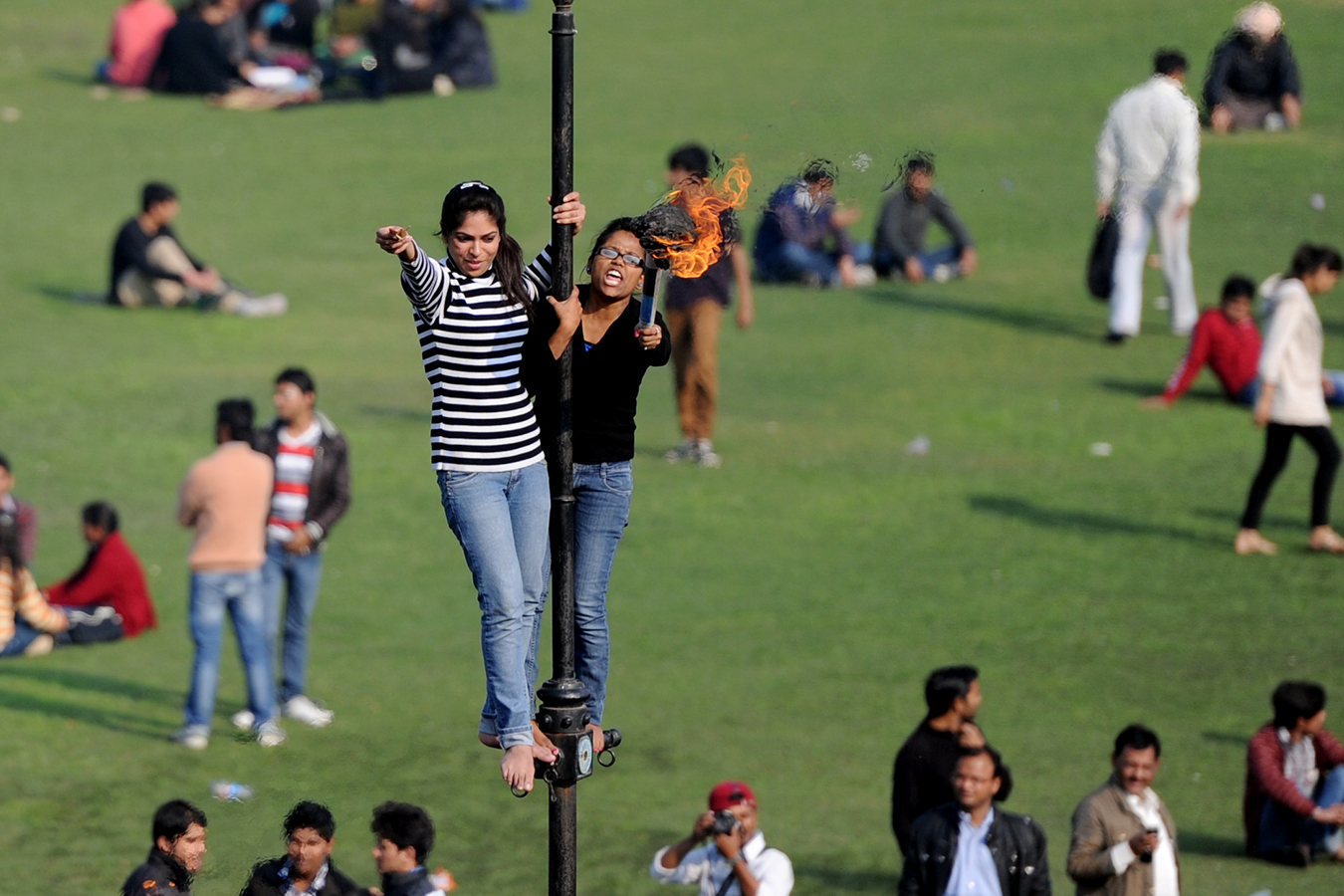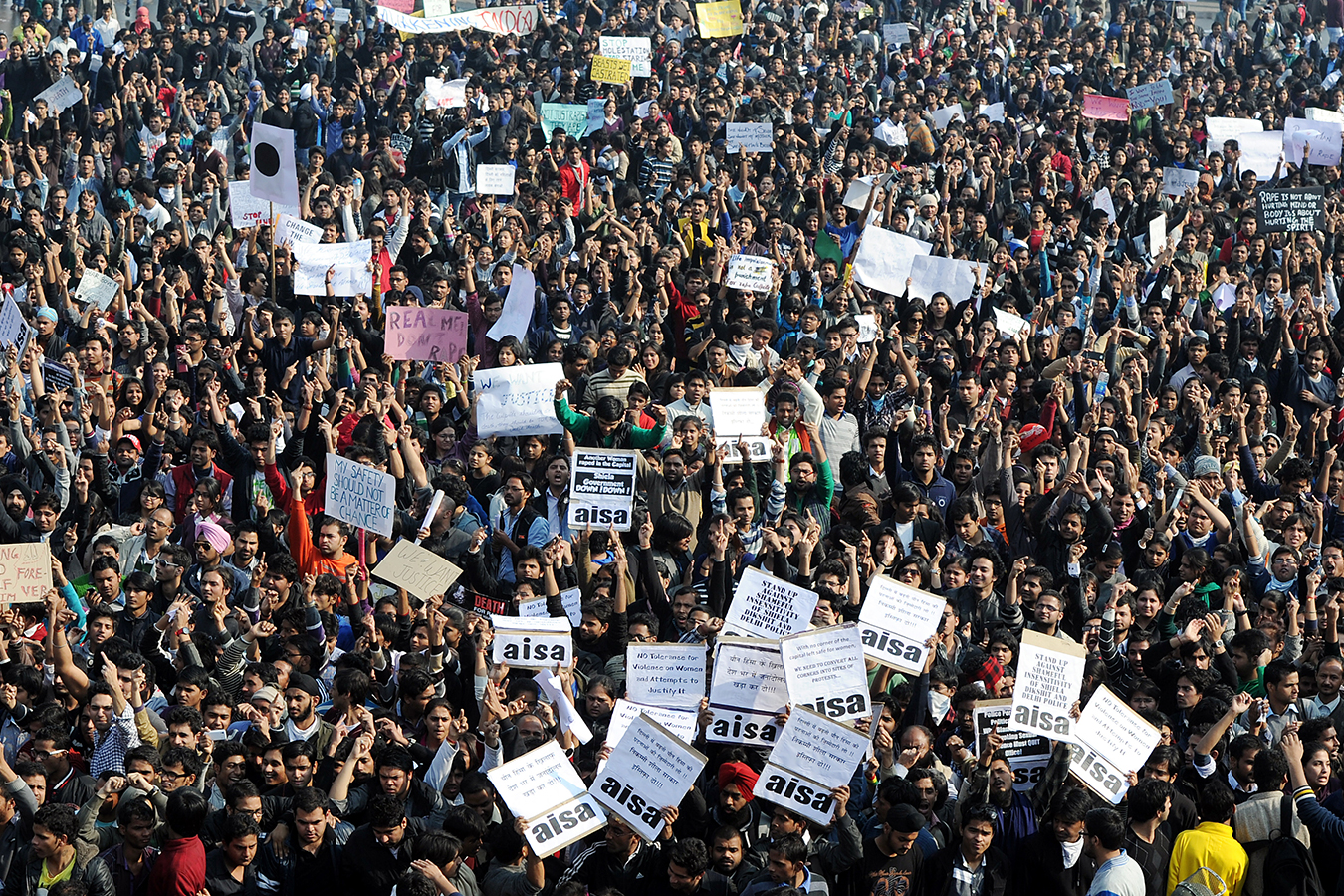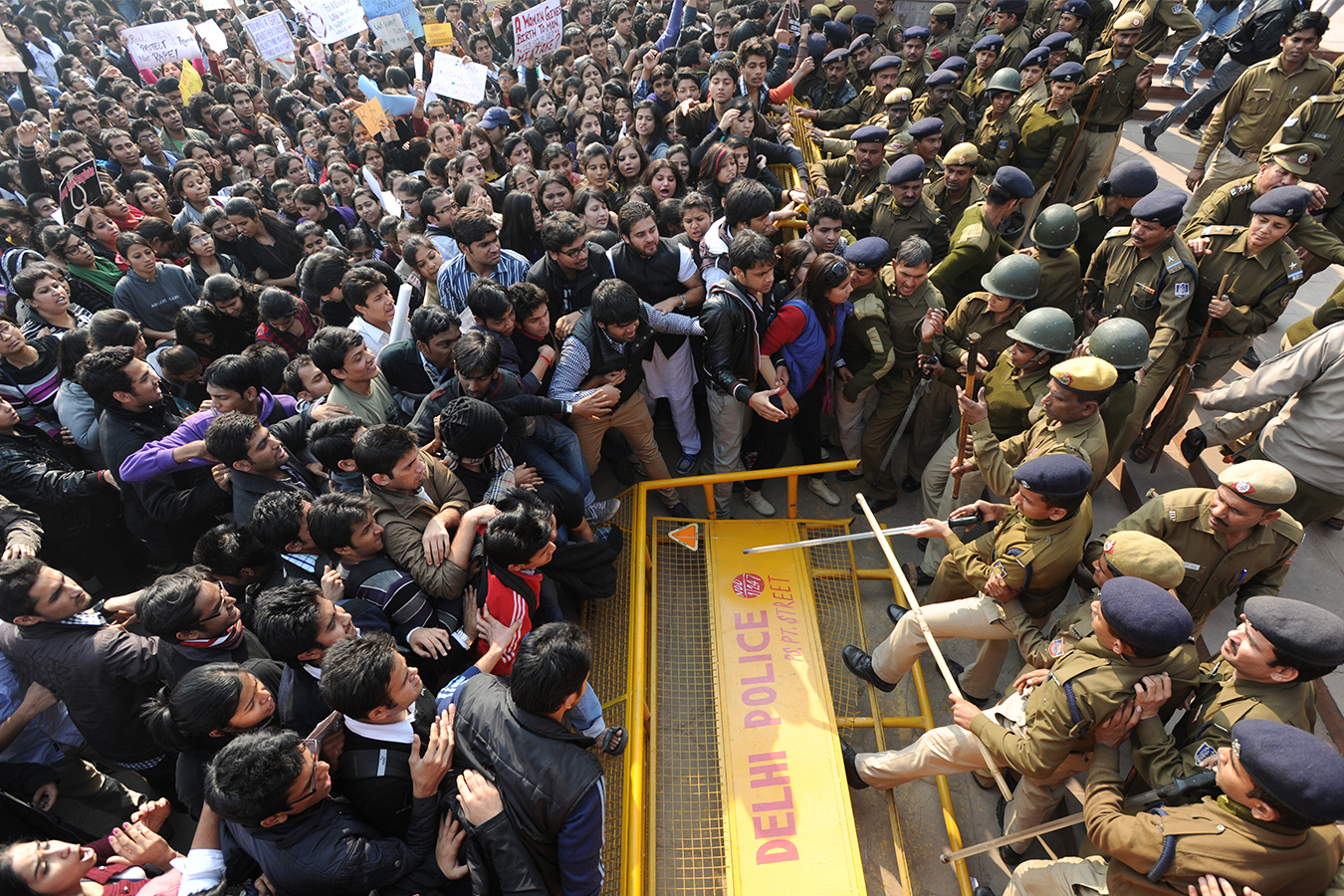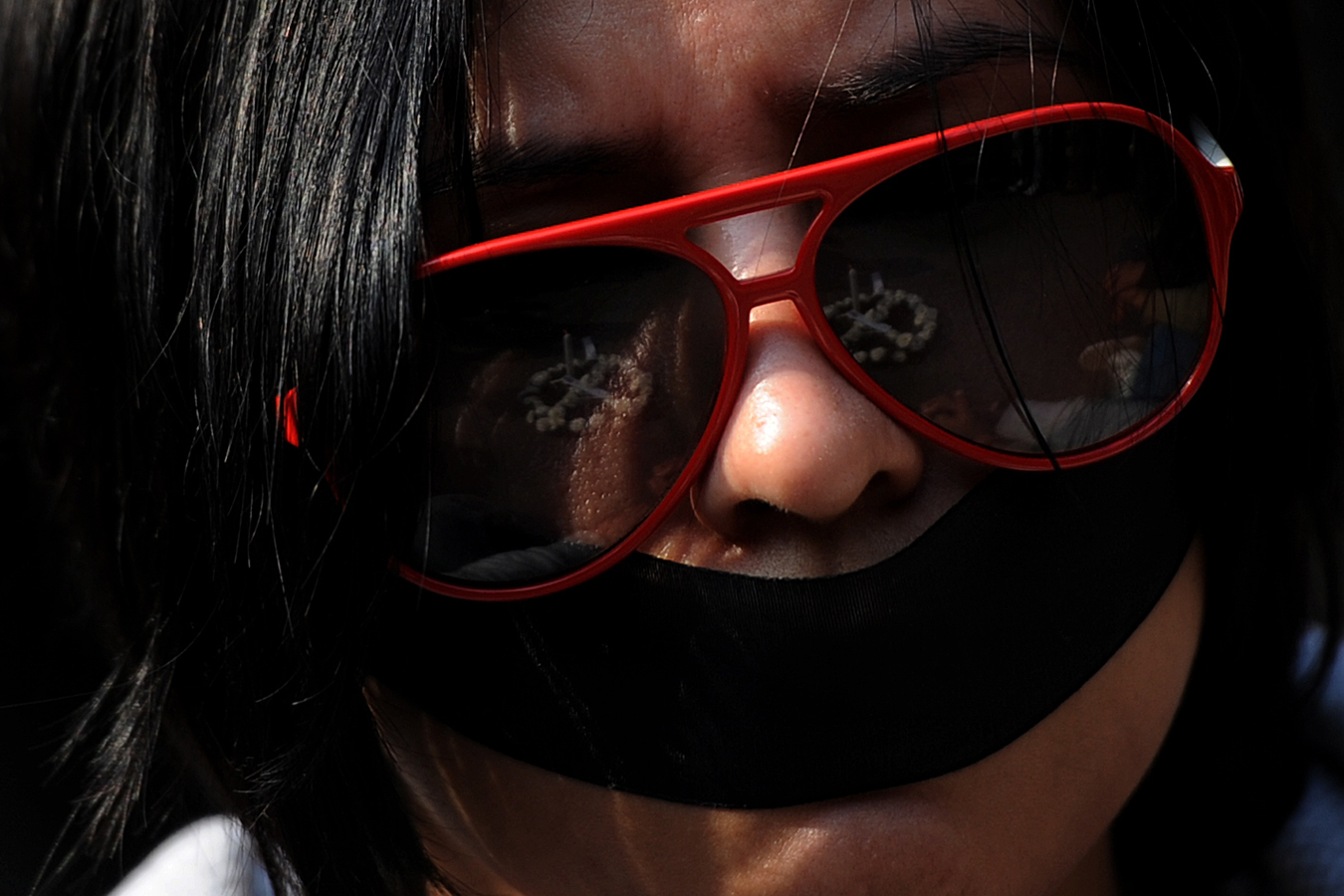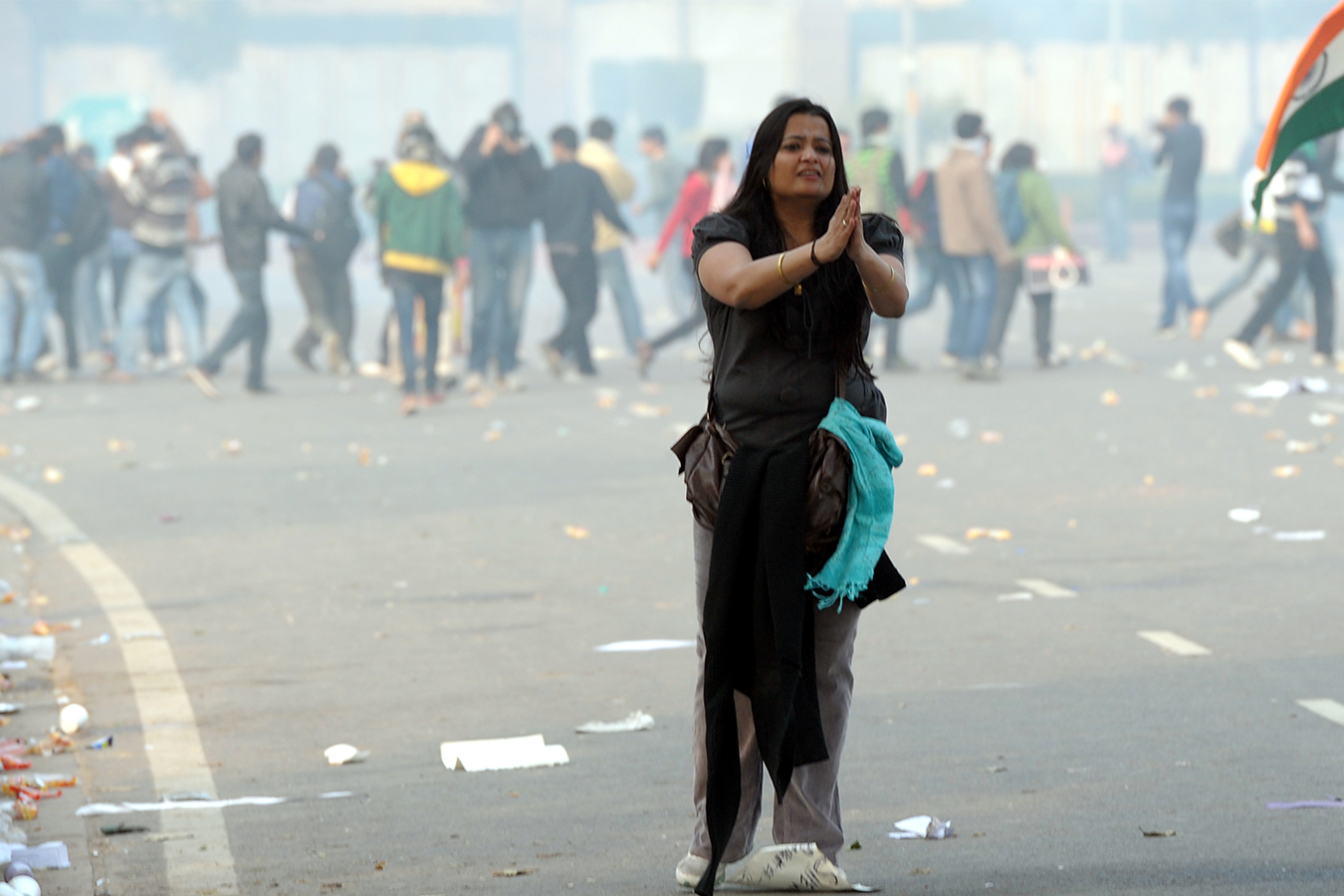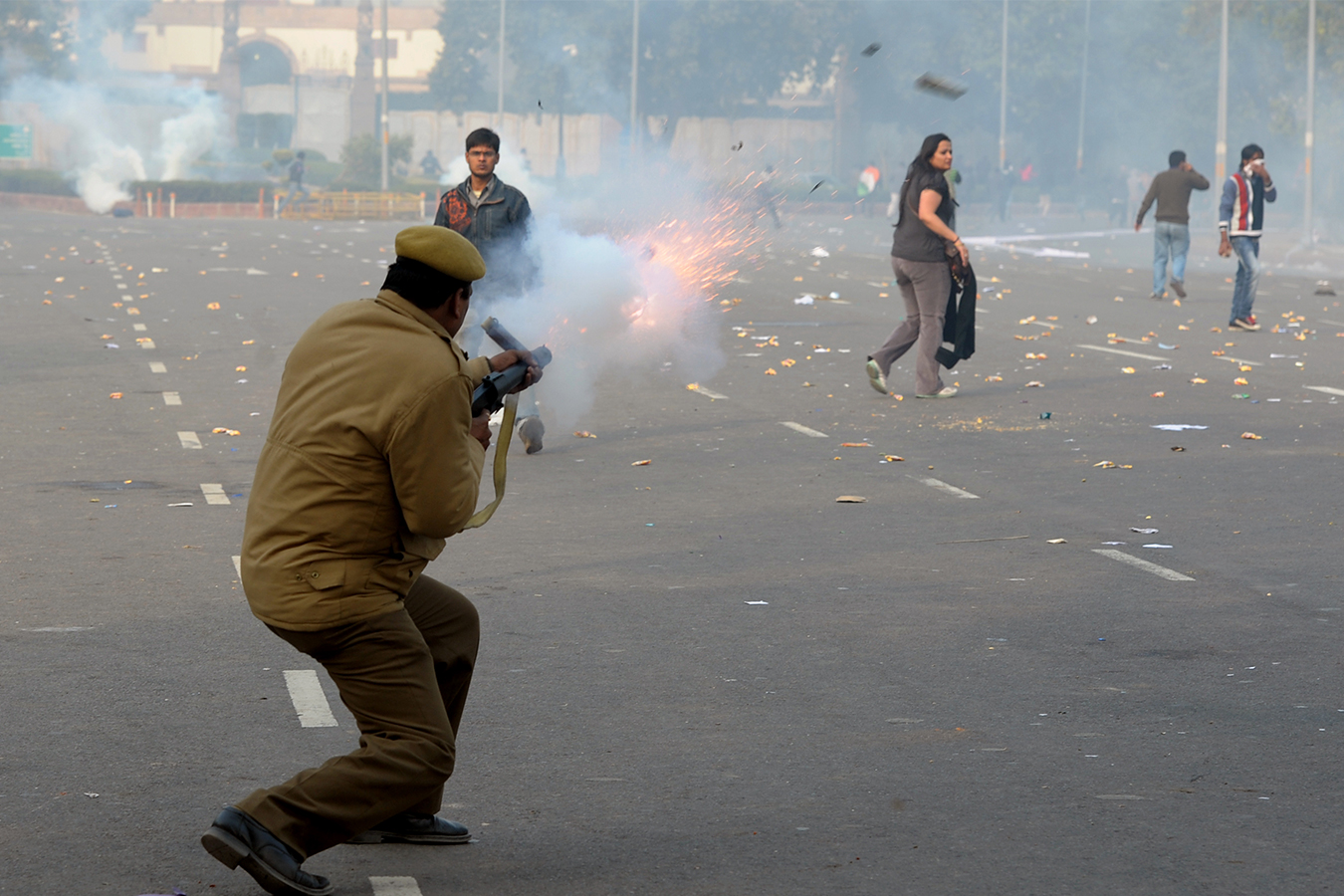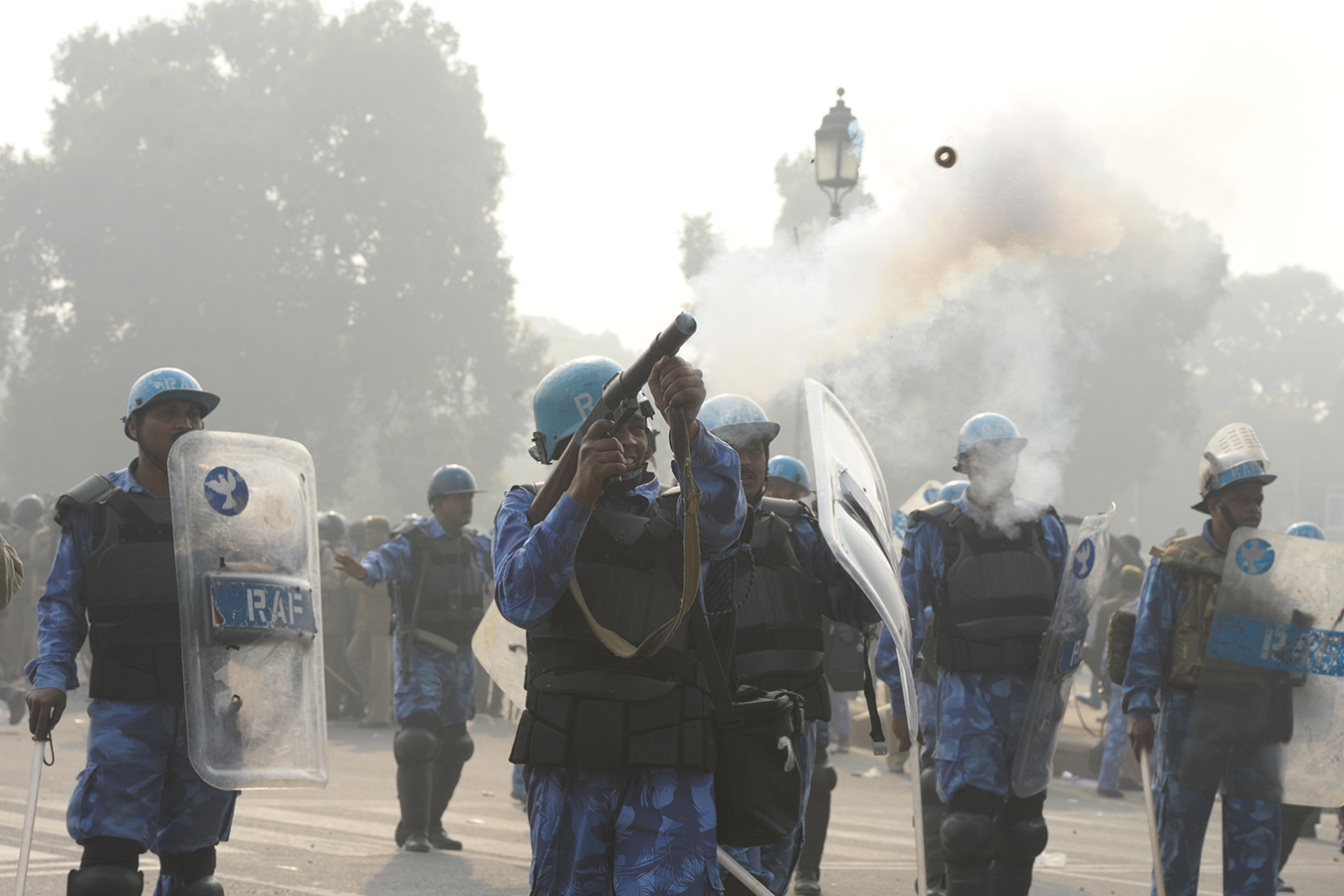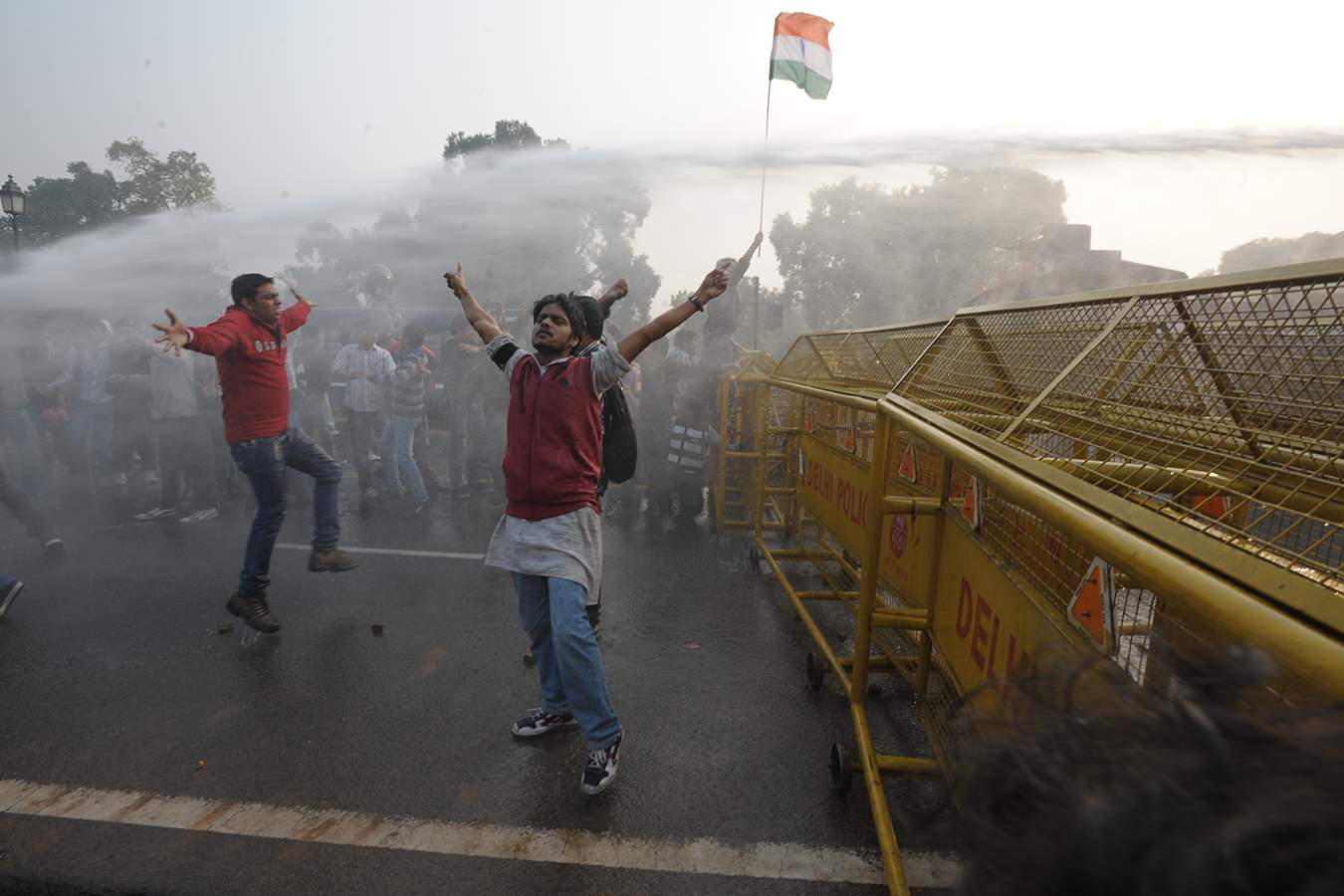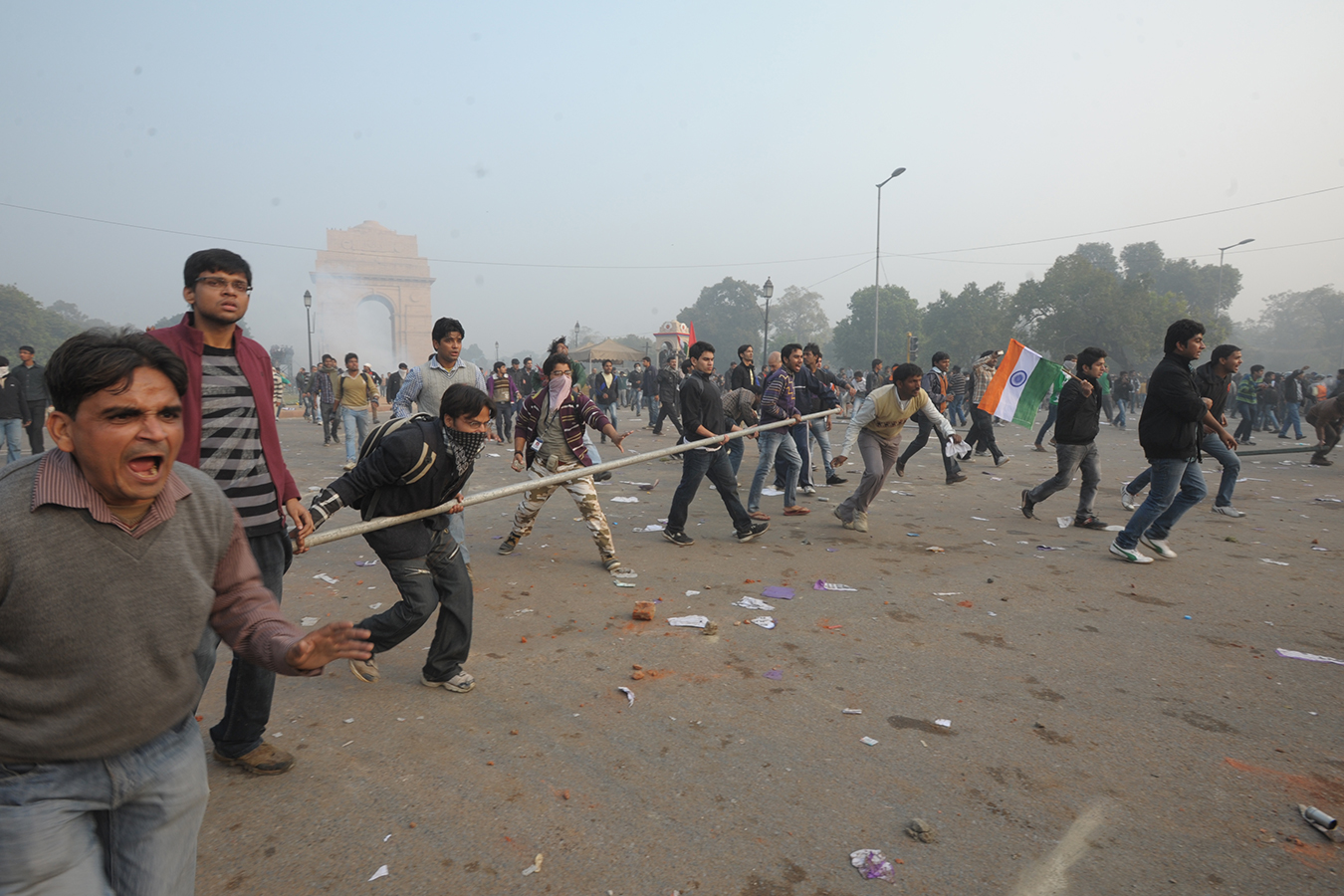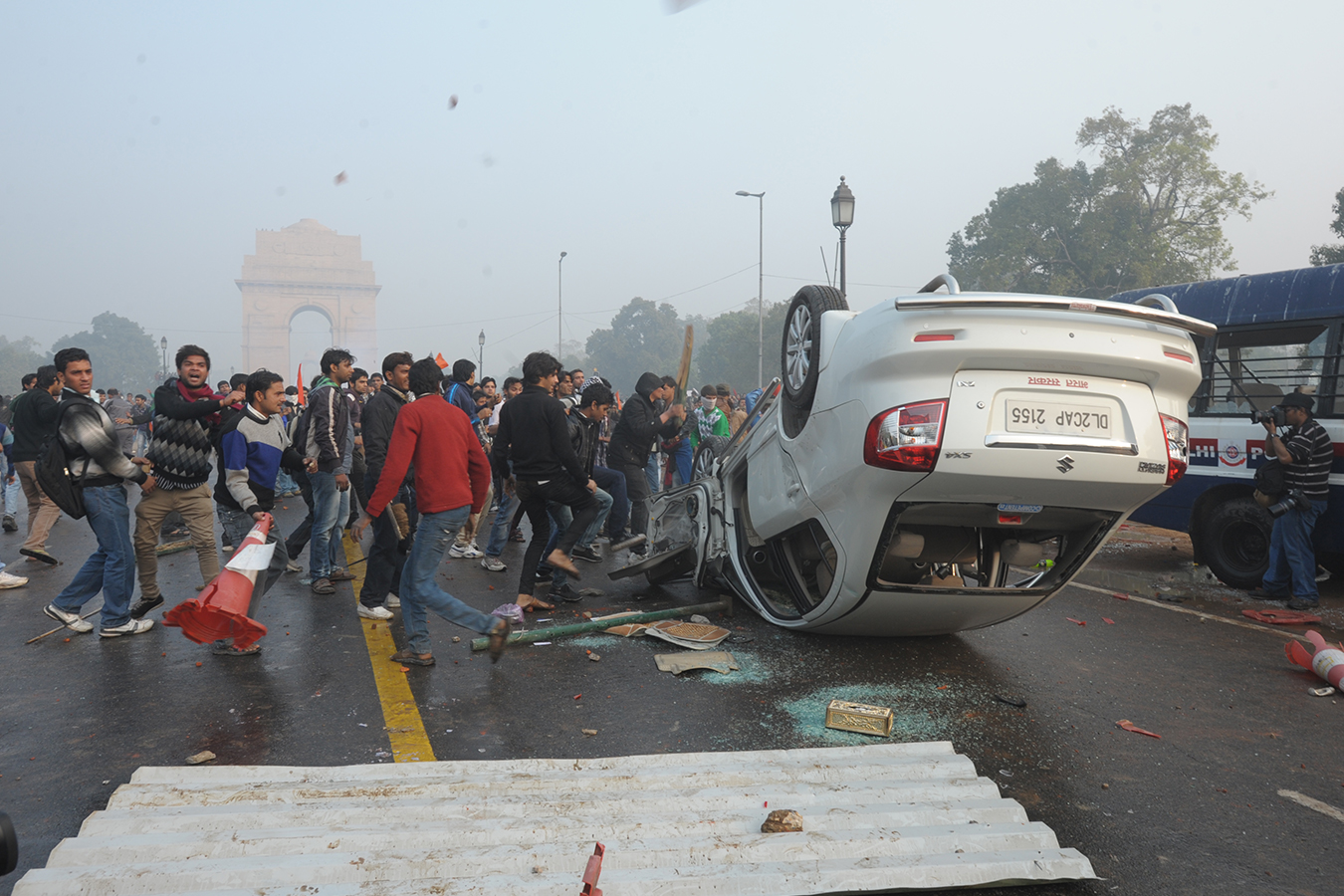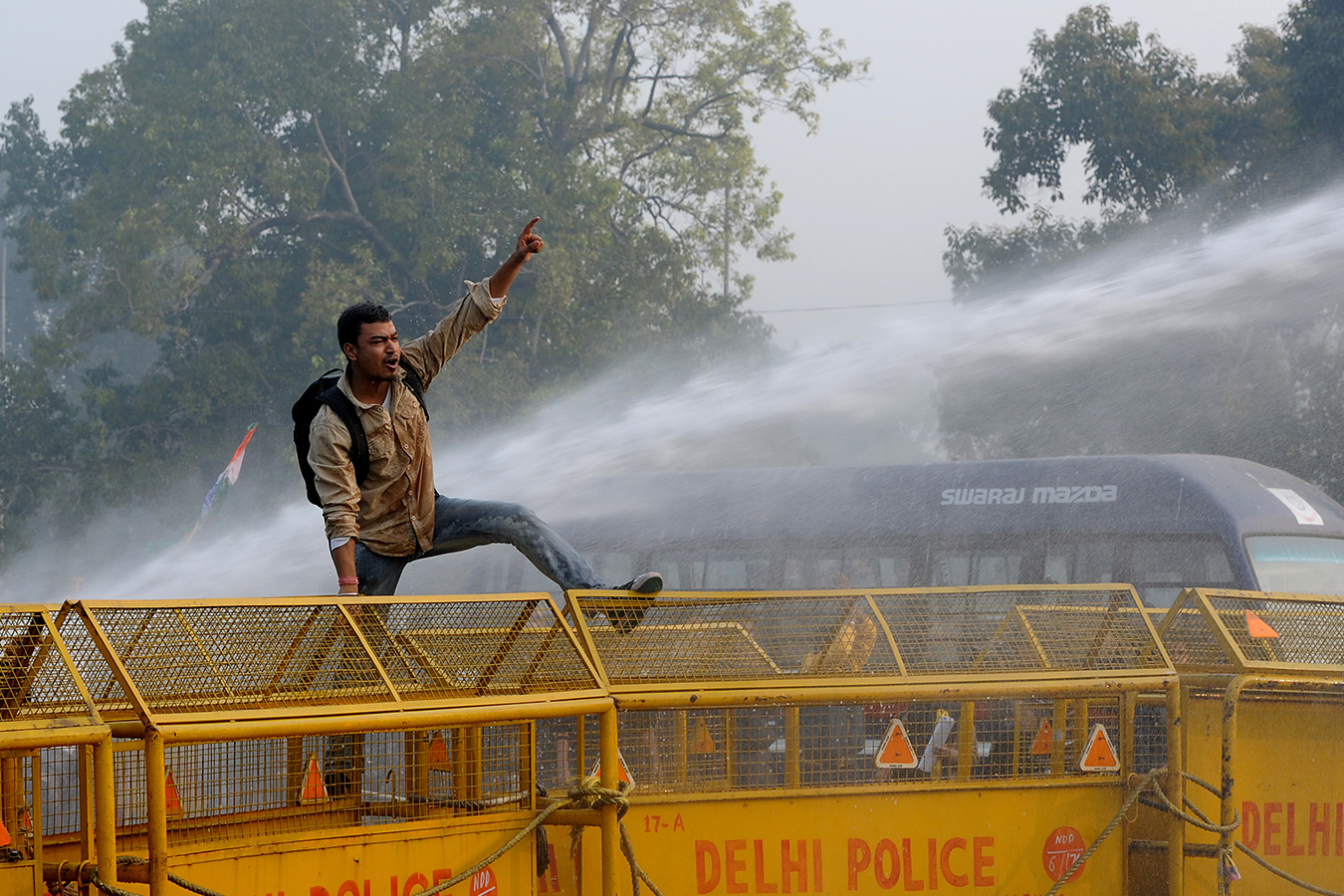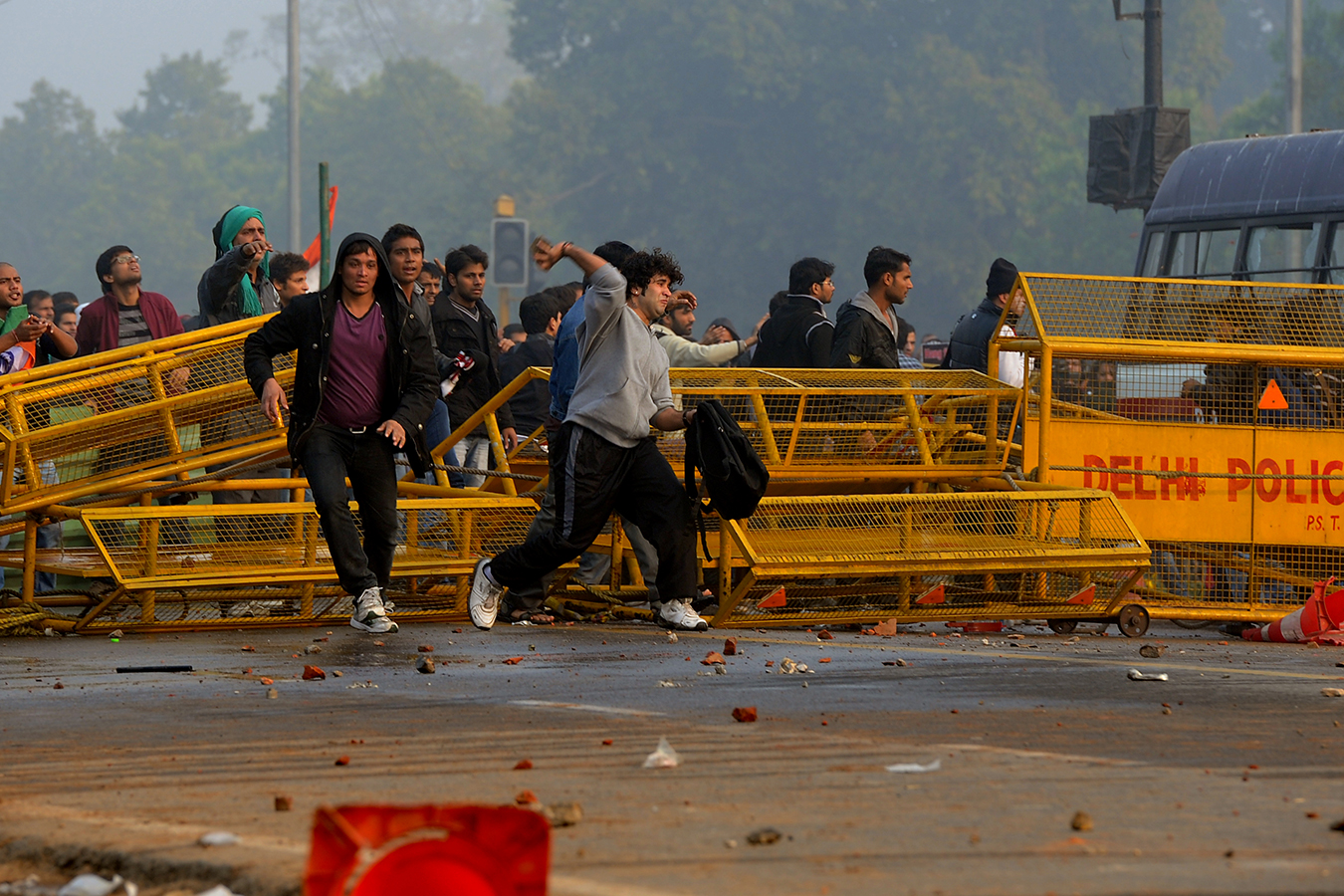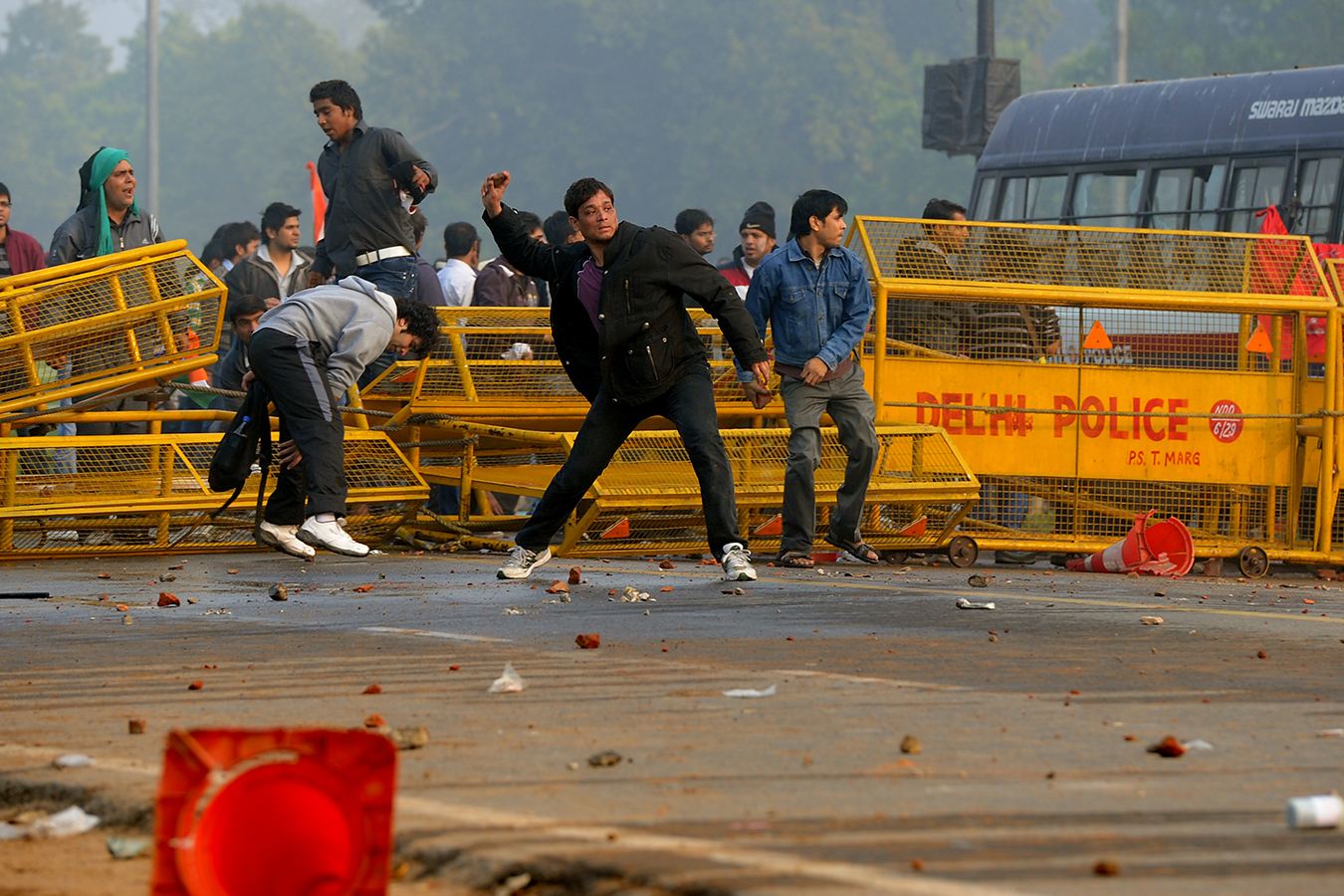Nirbhaya Protest
The Nirbhaya Protests and the Power of Collective Rage.
As a photojournalist, I have covered countless events over the past two decades, but some moments leave an indelible mark on the soul. The protests that erupted across India in December 2012 after the brutal Nirbhaya case were among them. Those images are not just photographs; they are testimonies of a nation’s collective grief, anger, and demand for justice.
That winter, Delhi was burning—not with flames, but with fury. People from all walks of life poured onto the streets, their voices united in a deafening roar against gender-based violence. India Gate, a symbol of national pride, became the epicenter of resistance. It was there that I stood, camera in hand, capturing history as it unfolded.
I remember the sea of faces illuminated by candlelight. The flickering flames reflected a collective determination—justice for Nirbhaya, safety for every woman in this country. Among the crowds were students, working professionals, mothers holding placards, and men who stood in solidarity. The slogans, the anger, the helplessness—it was all there, raw and unfiltered.
The protests weren’t just about marching and shouting. There were moments of brutal police crackdowns, water cannons unleashed on peaceful demonstrators, and tear gas dispersing the very voices that refused to be silenced. Through the lens, I captured young men and women shielding each other from the force of authority, their faces soaked in both water and defiance. It was the image of resilience, of a generation refusing to accept the status quo.
What struck me most was the unity. People of all backgrounds, religions, and economic classes stood shoulder to shoulder, proving that some battles transcend divisions. The demand was simple yet monumental: justice, change, safety.
Years have passed, but those images remain a stark reminder of that time—of pain, courage, and the beginning of a conversation that still continues. Every time I revisit those frames, I am reminded that a photograph is more than just a captured moment; it is a mirror reflecting the soul of a movement.
For a photographer, there are assignments that document an event and those that document a revolution. The Nirbhaya protests were the latter. They were not just about a singular tragedy but about years of oppression, about voices that had been stifled for too long. And as I continue to capture the ever-evolving landscape of our society, I carry those images with me—not just in my archive, but in my conscience.



